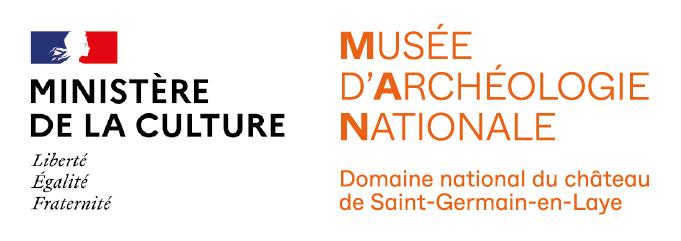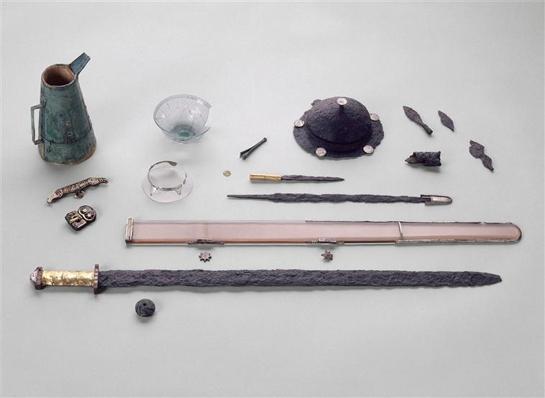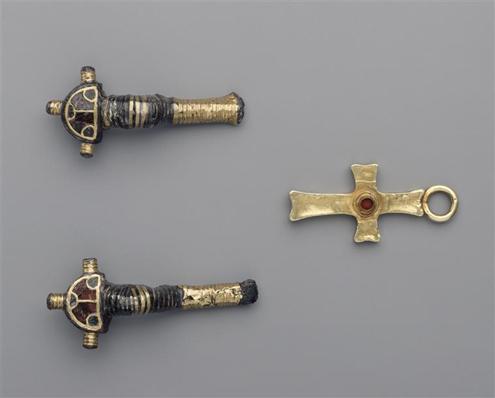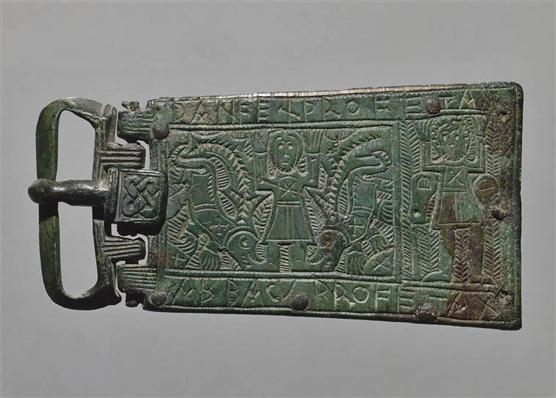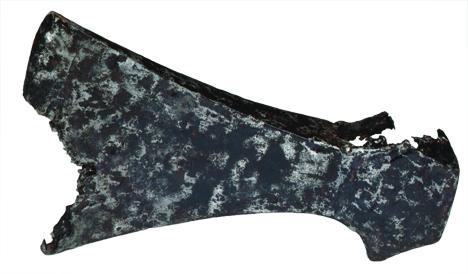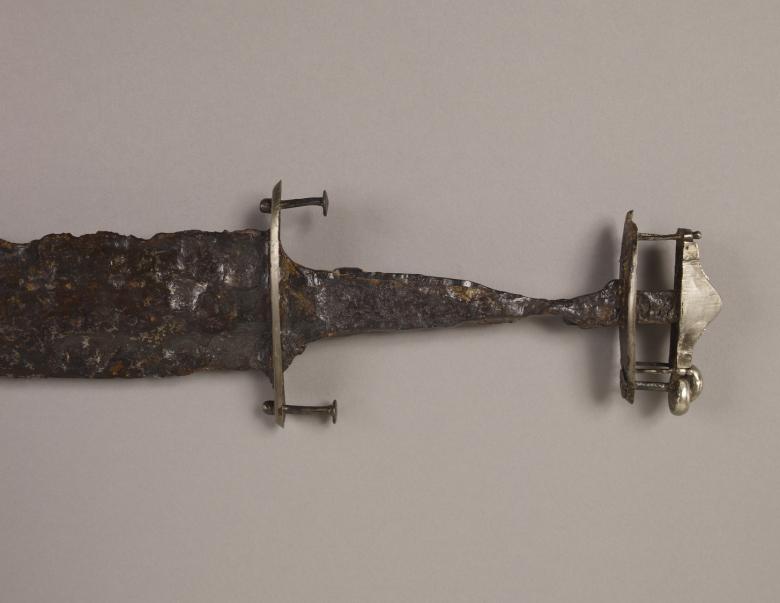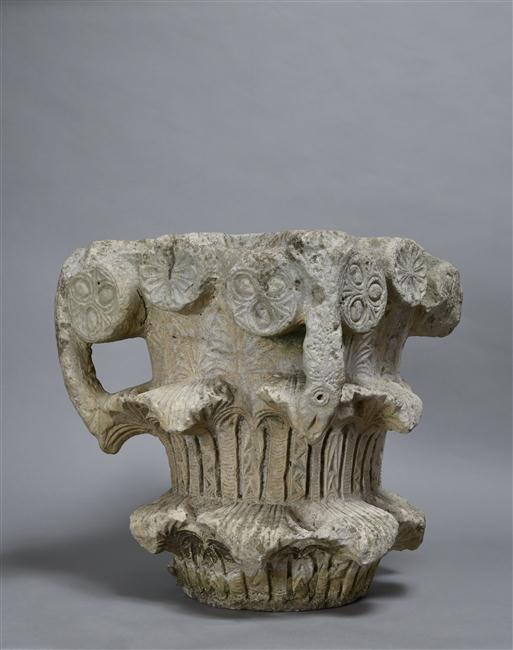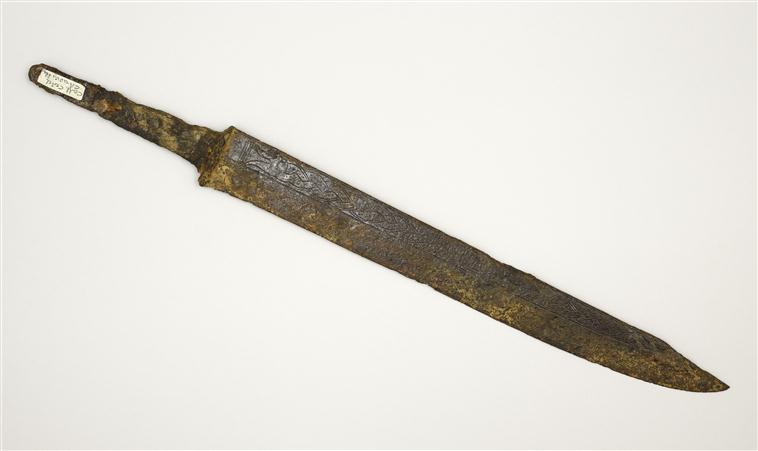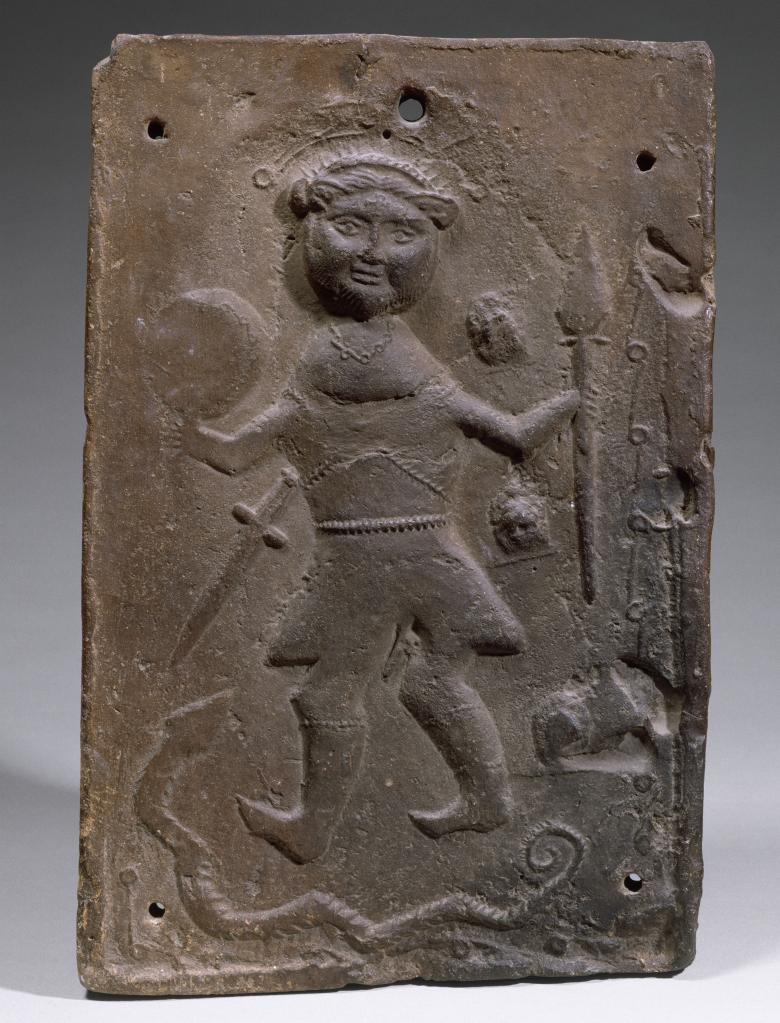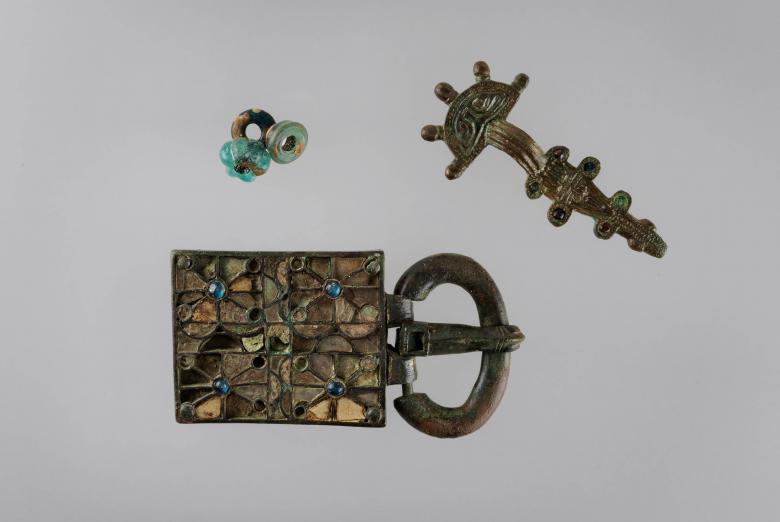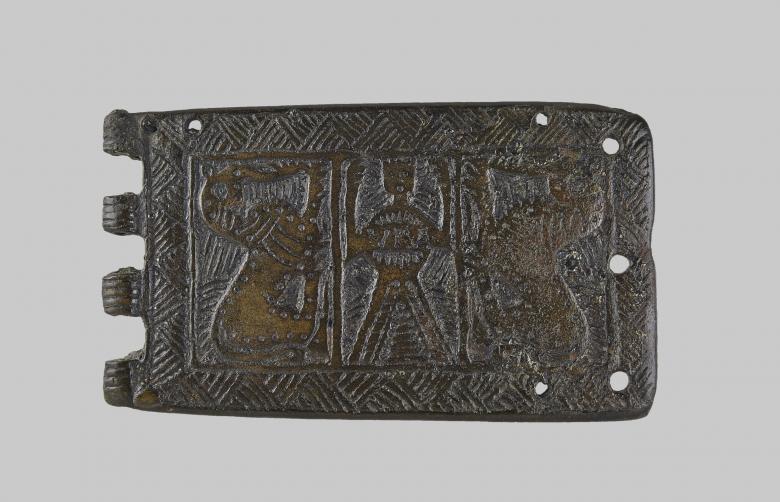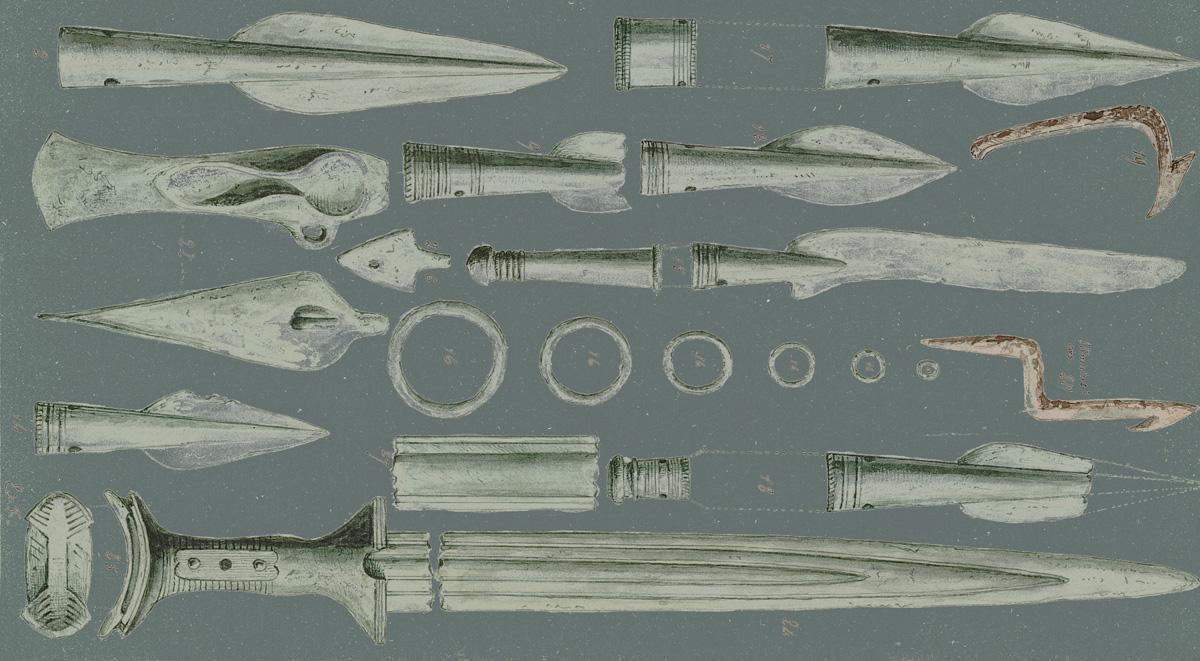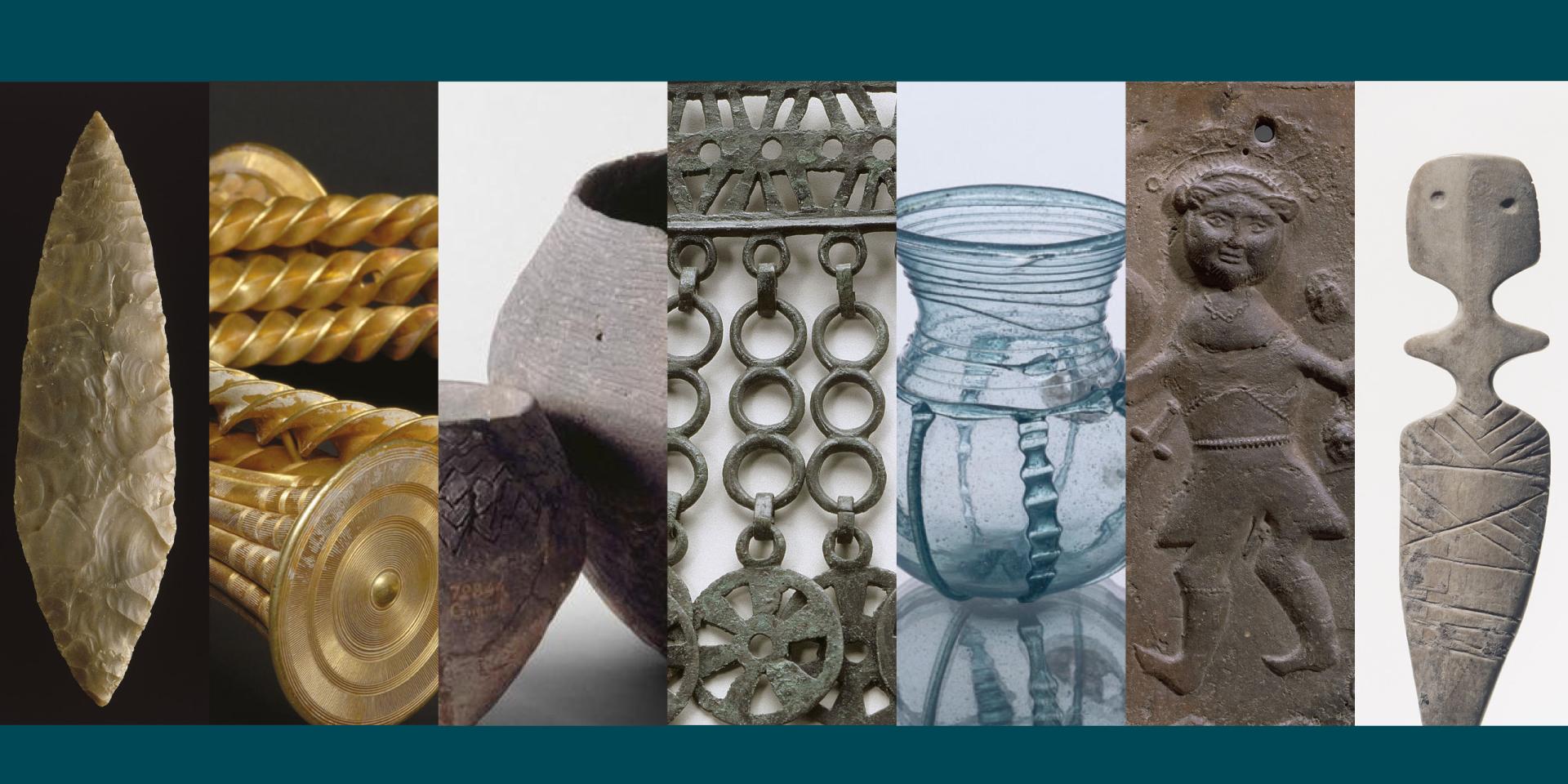
Collections
The museum exhibits around 30,000 archaeological objects, making it one of the largest collections in Europe.
These objects bear witness to human activities from the origins of prehistory (Palaeolithic) to the Carolingian era.
The museum holds more than two million objects in its reserves...
The early Middle Ages
From the 4th century onwards, many foreigners whom the Romans called "Barbarians" immigrated to the Empire. Most of them were Germanic.
See moreOther collections
The early Middle Ages
From the 4th century onwards, many foreigners whom the Romans called "Barbarians" immigrated to the Empire. Most of them were Germanic.
From the 4th century onwards, many foreigners whom the Romans called "Barbarians" immigrated to the Empire. Most of them were Germanic. Their migration intensified in the 5th century and when the last emperor was deposed in 476, these Barbarians became the masters of Western Europe.
Among the Barbarians was Clovis, the Frankish king of the Merovingian dynasty, who reunited Gaul: it gradually became Francia. The Middle Ages began, but in the 6th century ("Early Merovingian"), the way of life was still very much influenced by Antiquity, although the Germanic contribution was visible in many areas. The situation changes in the 7th century ("Late Merovingian") when medieval society really emerges: funeral practices and costume reflect this.
On the contrary, from the end of the 8th century, the Carolingian dynasty (751-987) sought to revive Antiquity within the framework of a "Renaissance" that was clearly visible in art.
However, in the daily life of the Franks, the difference between the Merovingians and Carolingians was hardly visible.
